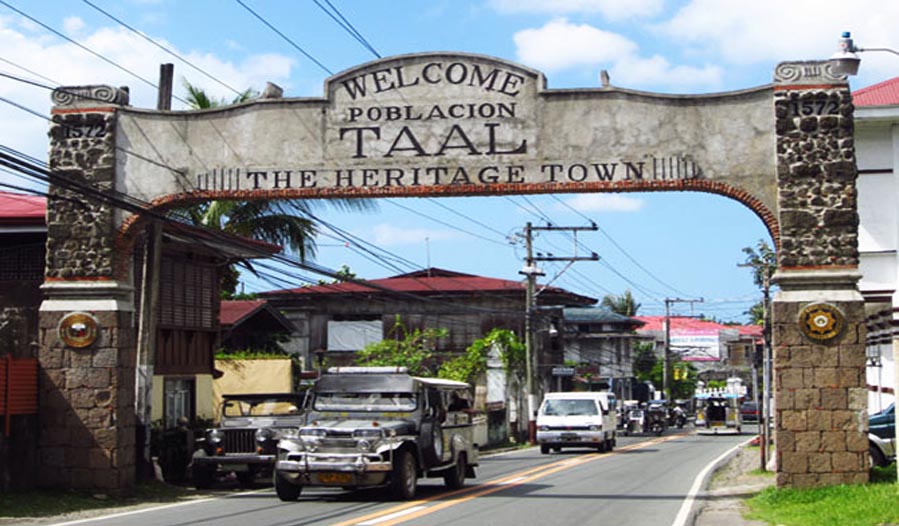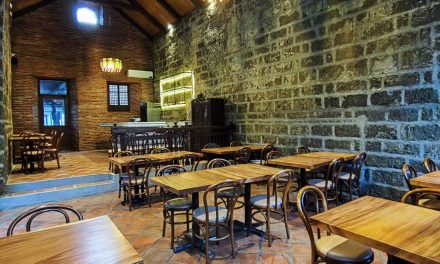An anecdote tells of a native Taaleno who, asked what the town was called, though the question had reference to what he was holding and he replied, “ta-ad” which is the Batangueno’s word for sugar cane points. From “taad” acording to some story – tellers, came “Taal”.
Places in the Philippines usually get their names from the plants or trees that grow in profusion near or around it. The Tal-an trees have always been identified with Taal settlers and the livelihood of the people. This makes the appelation tal-an (where the ta-an trees grow) much more relevant than ta-ad.
Perhaps, it was Datu Puti who coined the name shortly following their landing amidst the Tal – an trees at the mouth of the Pansipit river but time and people have a way of corrupting words, hence Tal – an became “Taal”.
Perhaps, too, with the establishment of Catholic missions, some friar from the region around Barcelona, Spain must have found the sound “Tal-an” almost the same as his birth, he must have given preference to “Tal-an” rather than “ta-ad”. Whit that native propensity of skipping syllables or slurring Catal-an was shortened to Taal and the name stuck ever since.
Not a few Taalenos however take pride in the belief that Taal was so called because it was the place of origin of the natives who were found by the Bornean settlers. Taal means real, true. In those early days, any native who might have wandered to other places might have been identified as “Taal” might have given the place its name. With the coming of the Spaniards the people were called Taalenos.
Taalenos is a name that has always inspired respect, deference, if not awe on the part of other people of the country when they meet a native of the place. To them, the name Taaleno is synonymous with bravery, daring, honesty, fairness, industry and the image of a gentleman.
What can be Found in Taal?
Come and see! :)








 Contact Us
Contact Us